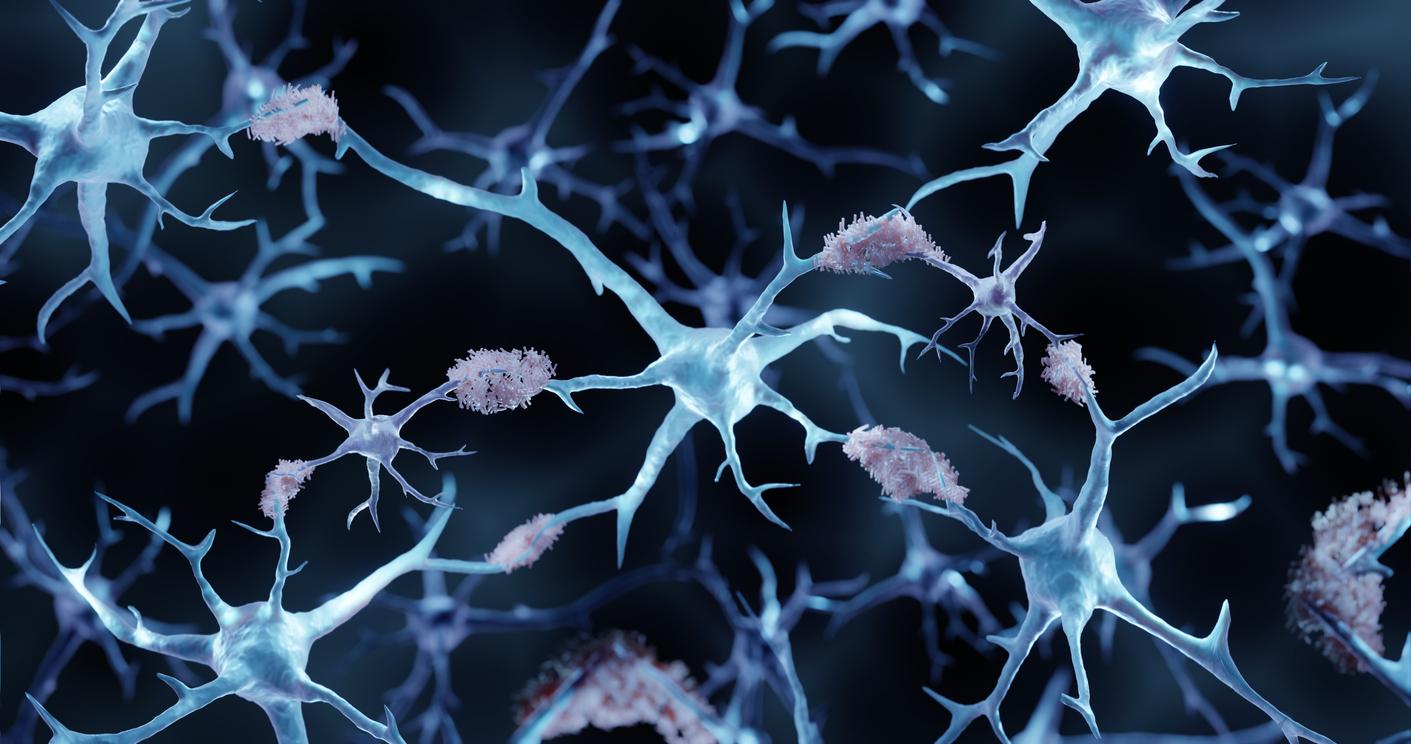The controversial columnist Yann Moix confessed in an interview with the Parisian to have had a professional “burnout” during his last year on the show On is not lying. Back on a syndrome at least as controversial as this famous patient.

While the last show ofWe are not in bed with Yann Moix was broadcast on France 2, the controversial columnist confessed in an interview with Parisian having had a burnout this year, before retiring.
The journalist from Le Parisien, however, questioned him on a completely different subject, namely the production of a documentary on the migrant camps in Calais, for which he took up the cause: “I did not want to make this film. But I I was overwhelmed and overwhelmed by what I saw. I could not but do it. Politicians pretend to control the situation of what will be the major subject of the 21st century. When Macron came to Calais, the town has been cleaned up. Migrants don’t vote so he doesn’t care. (…) Migrants have turned my life upside down. I burned out. My body let me down and my girlfriend gave me away. left, “says the chronicler.
12% of the working population could be affected by burnout
But where are we at this thorny medical question, and can a state of burnout syndrome, better known under the name of “burn-out”, be drawn up in the workplace? In general, in France, the number of recognized mental illnesses has increased by seven between 2012 and 2016, from 82 to 563 (source: Academy of Medicine), but burnout is still not one of them. The term, used since the 1970s, is not referenced either in the International Classification of Diseases of the World Health Organization, or in the Diagnostic and Statistical Manual of Mental Disorders. Relying on the Technologia cabinet, which estimates that 12% of the working population could be affected by burnout, the LFI deputy François Ruffin defended in vain, at the beginning of last February, a bill aimed at recognizing the syndrome. burnout as an occupational disease.
However, “burn-out can have serious consequences on the lives of people and requires medical treatment”, emphasizes the High Authority of Health, specifying that this syndrome, by its various and transverse manifestations, can be difficult to identify. It is “sometimes wrongly diagnosed or confused with other mental disorders” and thus inadequately treated. Hence the need for recommendations in order to help treating physicians and occupational physicians to diagnose burnout, deal with it in an appropriate manner and support the return to work.
The manifestations of burnout
Initially, it is a question of “identifying the manifestations of burn-out”, even though they may differ from one individual to another, gradually settle in and resemble those linked to other disorders. psychic or physical. “These main symptoms are both emotional (anxiety, sadness, hypersensitivity, absence of emotion …), cognitive (memory, attention, concentration problems …), behavioral or interpersonal (social isolation, aggressive or violent behavior, decrease in empathy, addictive behavior …), motivational (disengagement, professional questioning, devaluation …) than physical (sleep disorders, musculoskeletal disorders, gastrointestinal intestinal …) “, indicates the HAS.
The etiological factors of burnout are those of psycho-social risks: work demands, emotional demands, lack of autonomy, lack of social support and recognition, value conflicts, job and job insecurity. The risks linked to the subject’s personality also come into play: individual factors can be determining factors of vulnerability.

.















